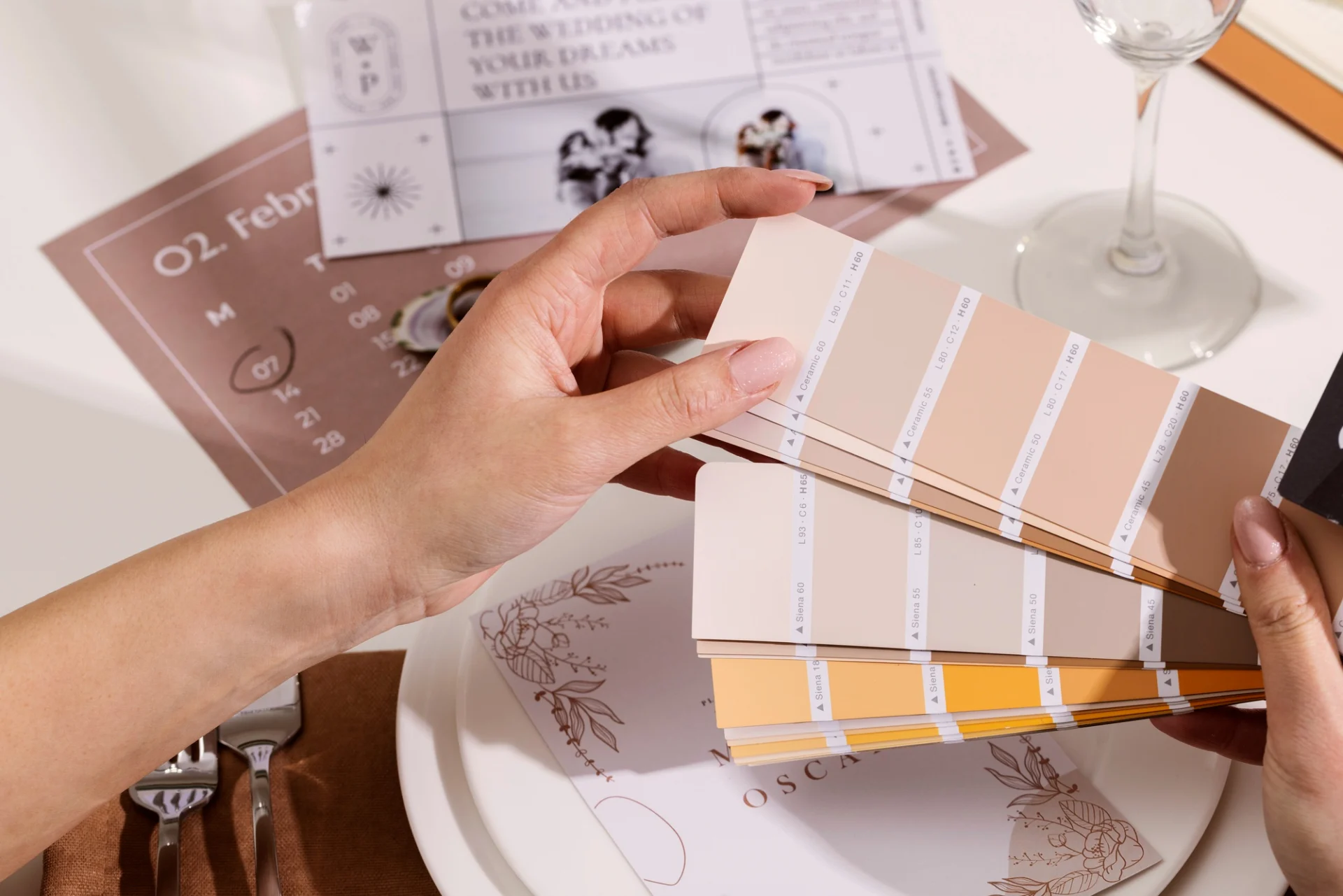
Designing a space is more than just picking trendy furniture, it is about creating harmony, functionality, and intention in every corner. Whether you are styling a cozy apartment or reimagining a commercial office, understanding the elements of interior design is key to transforming a room from ordinary to extraordinary.
In this guide, we will break down the seven fundamental elements of interior design that professional designers use to create spaces that feel cohesive, stylish, and livable.
Practical Guide to Applying Elements of Interior Design
To create a space that feels cohesive, functional, and visually stunning, understanding the elements of interior design is essential. These seven foundational components guide every professional decision, from layout and furniture placement to lighting and color schemes. When used thoughtfully, these elements turn empty rooms into meaningful, livable environments.
1. Space
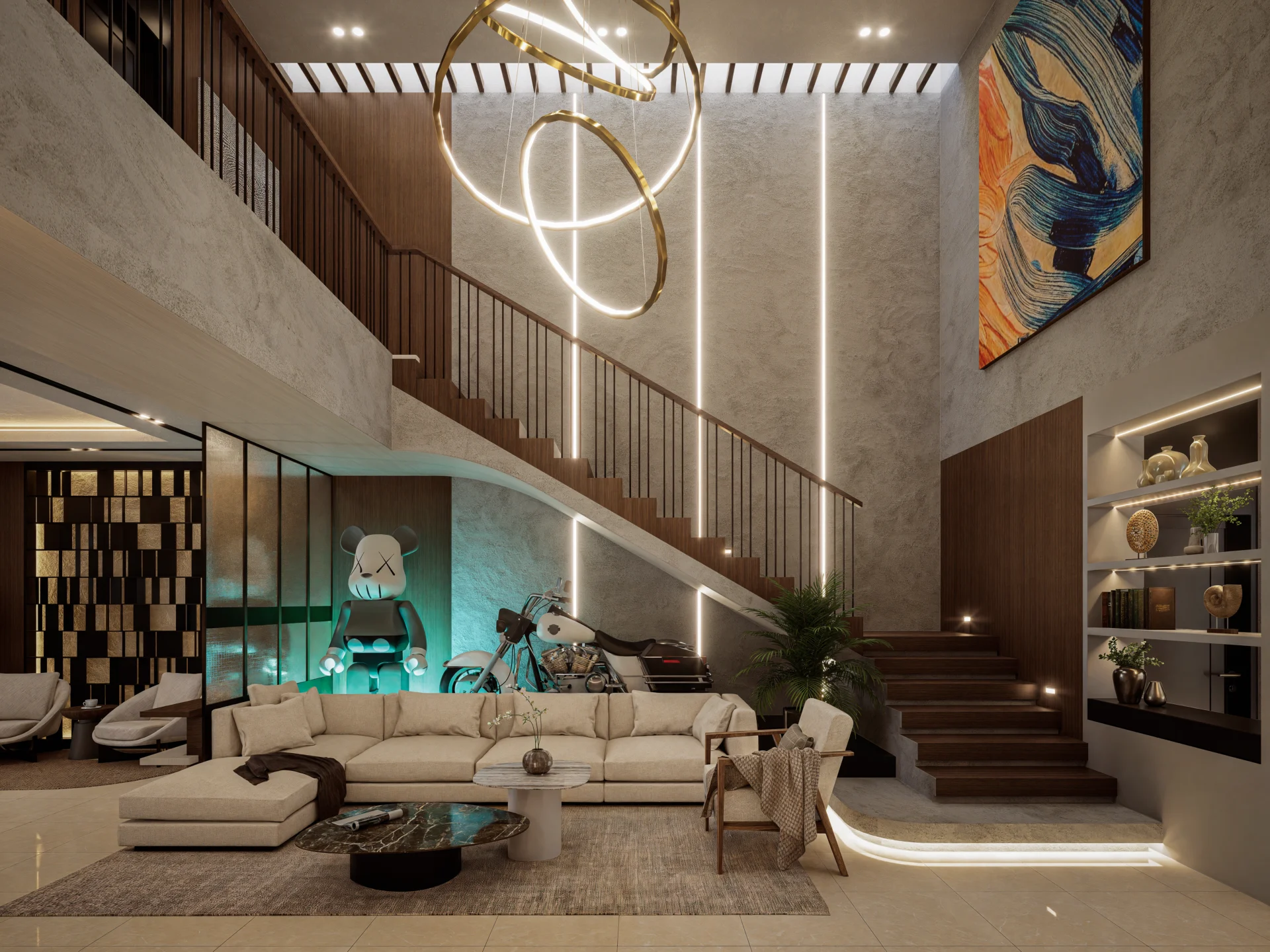
Space is the foundation of every great interior. It defines how a room feels and functions. In design, space encompasses positive space, which includes furniture, décor, and other filled areas, as well as negative space, which refers to the open areas that allow a room to breathe.
Striking the right balance between the two is key. Too much positive space can feel crowded, while too much negative space may seem cold or incomplete. A thoughtful layout considers how these elements work together to ensure the room feels open, comfortable, and well-proportioned. Understanding space is essential to creating harmony in any interior.
2. Line

Lines shape a room and direct the eye. As one of the most dynamic elements of interior design, lines create visual flow and influence how we experience space. The three primary types include:
- Horizontal lines (e.g., tables, countertops) – evoke stability and relaxation
- Vertical lines (e.g., windows, doors) – suggest height and strength
- Dynamic lines (e.g., curves, diagonals) – add movement and energy
Used intentionally, lines can define architectural character or guide the overall mood of a room.
Also read: 5 Key Elements of Modern Restaurant Bar Design
3. Form
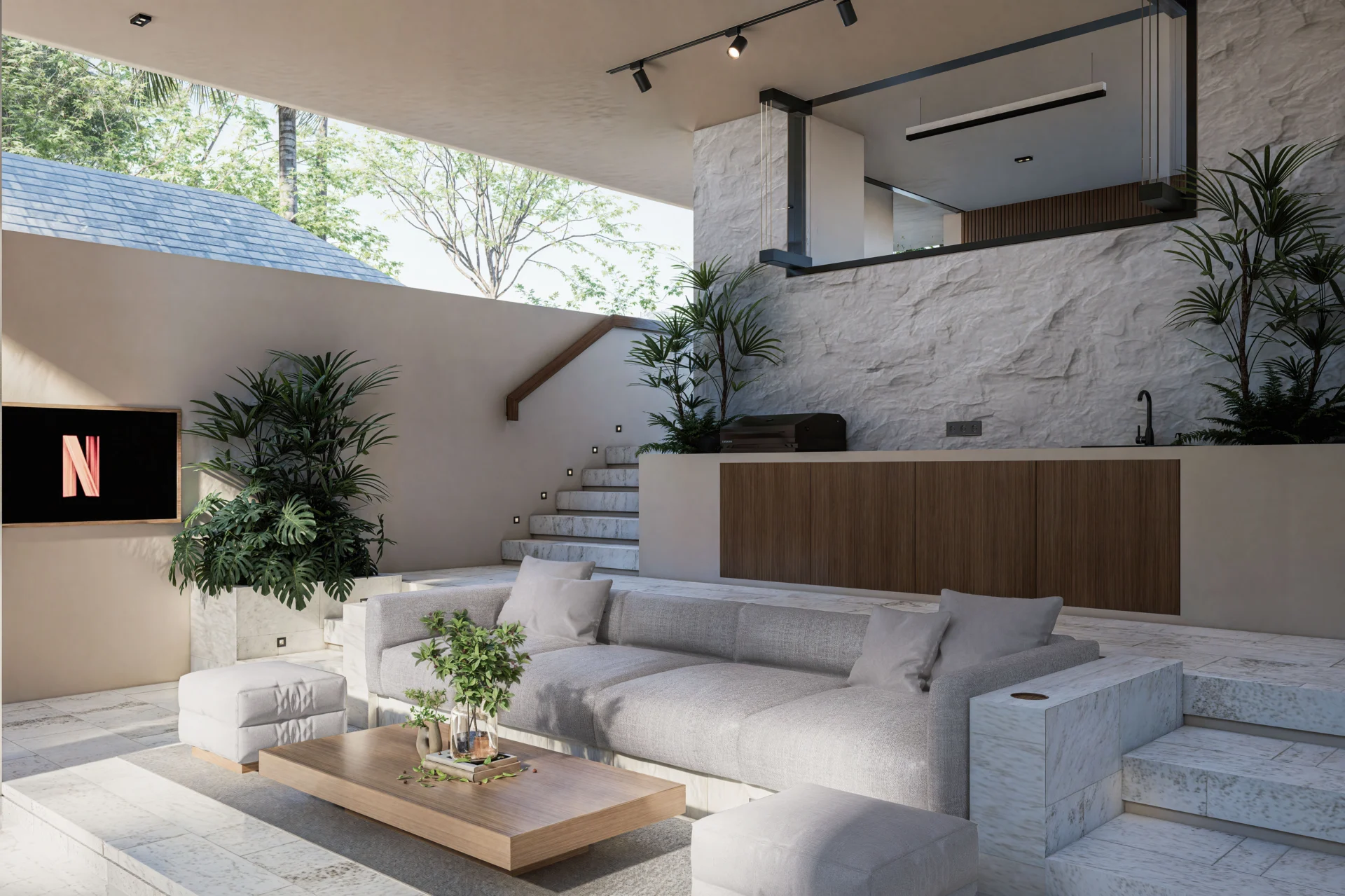
In design, form refers to the shapes and structures that fill a space. It plays a key role in visual appeal and practicality. In interior design, form adds character, defines style, and influences how we interact with a room.
There are two main types of form: geometric forms, which are clean and angular and are often used in modern or minimalist spaces, and organic forms, which are soft and flowing and are inspired by nature. Organic forms are perfect for creating a relaxed, natural vibe.
Repeating similar forms in furniture, lighting, and décor helps tie everything together, bringing harmony and rhythm to your design.
4. Light
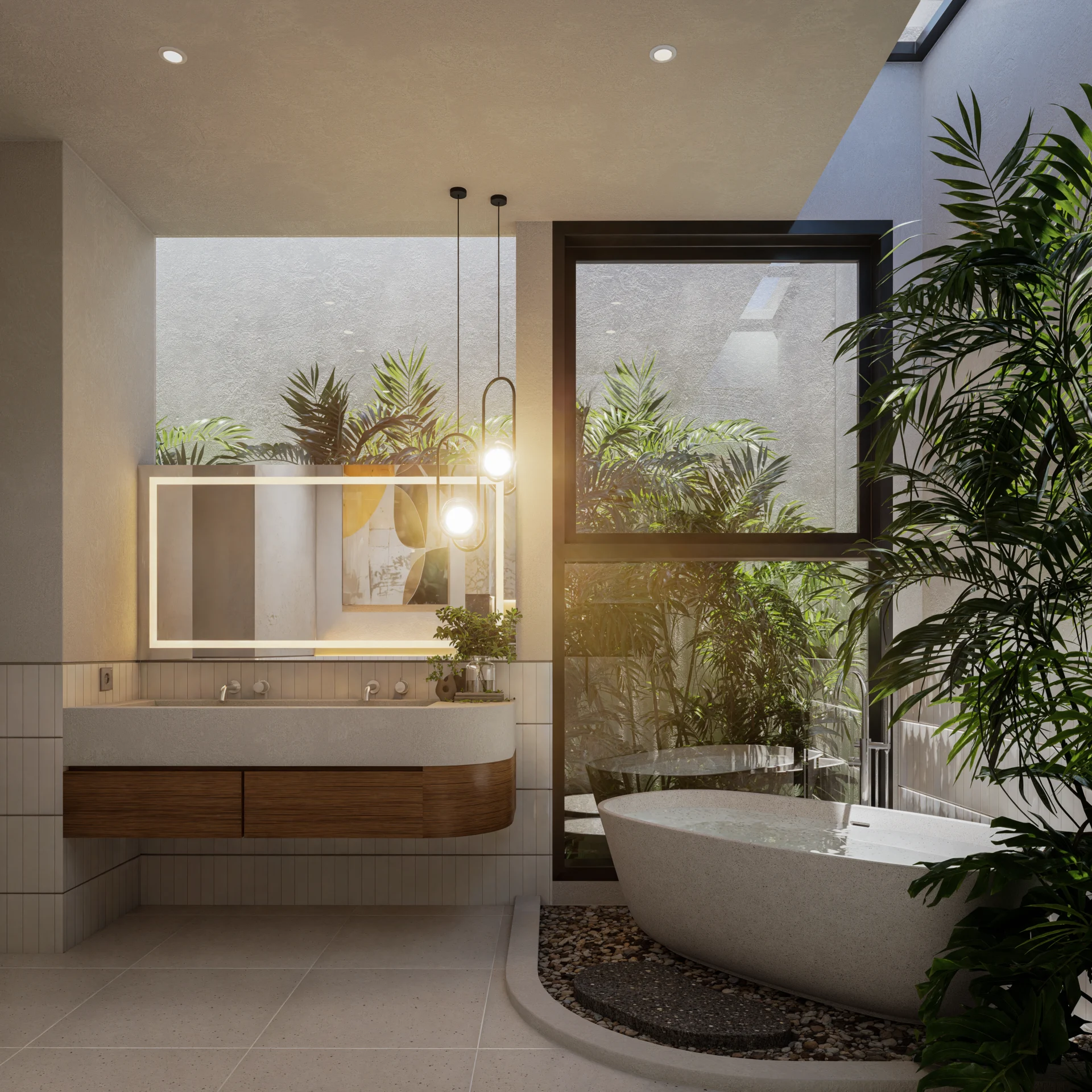
Among the most transformative elements of interior design, light influences every other element, especially color, texture, and form.
- Natural light brings life and openness to a room
- Artificial lighting includes:
- Ambient lighting for general illumination
- Task lighting for focused activities
- Accent lighting to highlight design features or artwork
Proper lighting adds depth, functionality, and ambiance to any interior.
5. Color
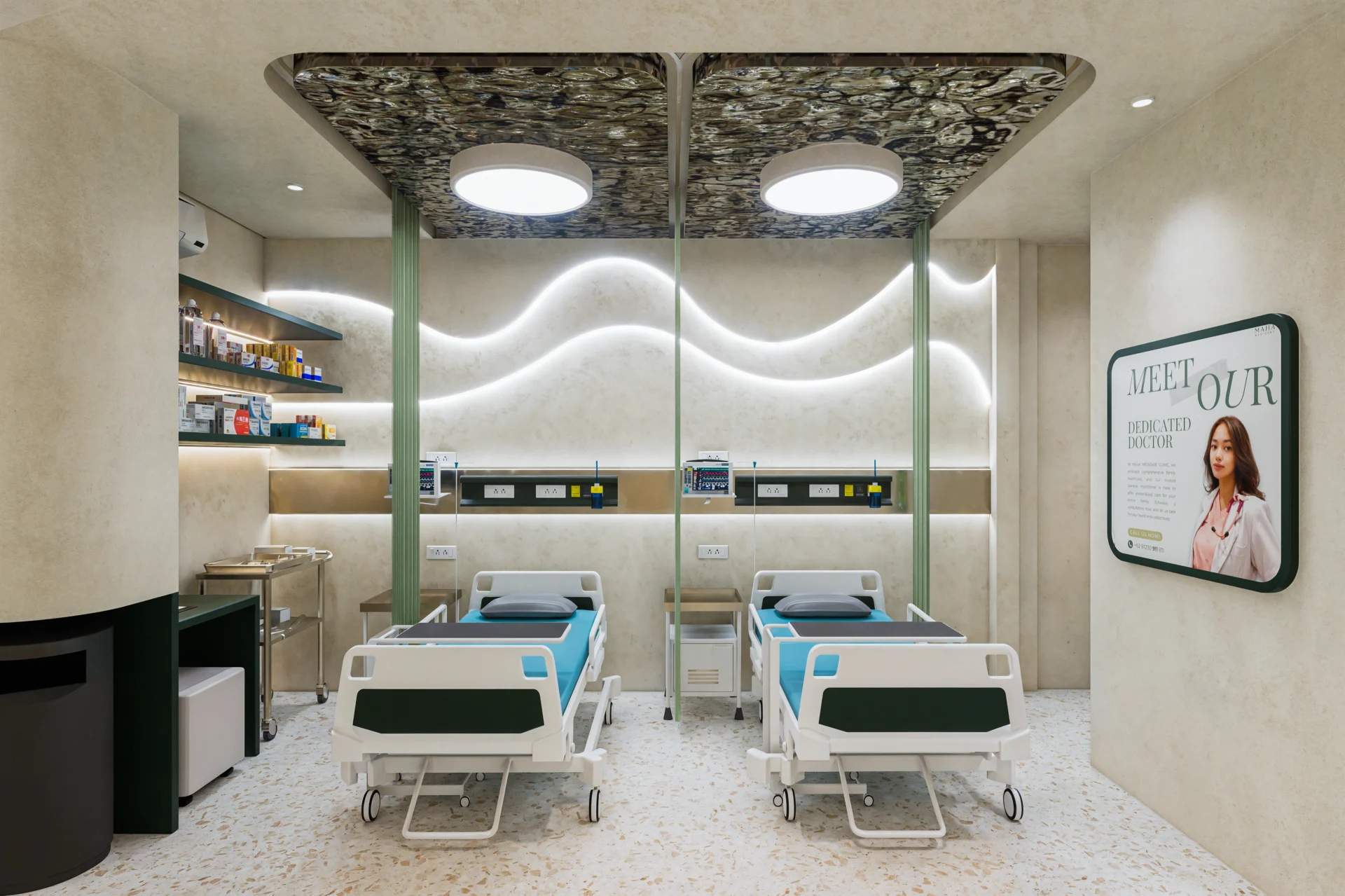
Color is one of the most emotionally impactful elements in interior design. It shapes how a room feels, whether calm, cozy, vibrant, or spacious, and it can completely transform the atmosphere.
Applying color theory allows you to create balance with complementary, analogous, or monochromatic schemes. Warm tones, such as reds and oranges, bring energy and coziness to a space, while cool tones, such as blues and greens, promote calmness and clarity.
Color can also define zones, highlight features, and make spaces feel larger and more inviting. Thoughtful color choices do more than just decorate; they bring unity, reflect personality, and support the purpose of the space.
6. Texture
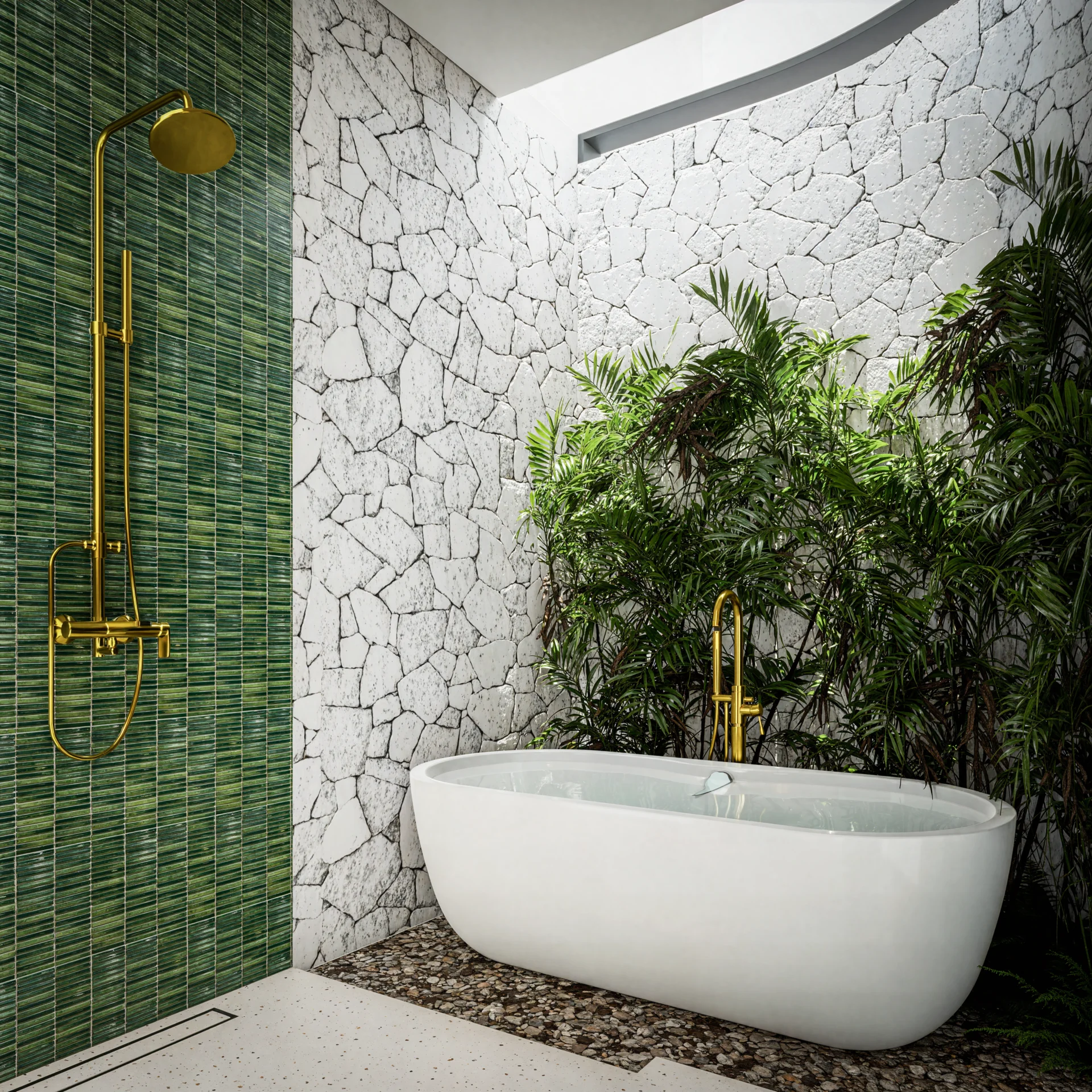
Texture is the quiet hero of interior design. It may be subtle, but it adds depth and a tactile quality that you can see and feel. Whether soft or hard, texture transforms a flat space into a rich, layered environment.
Soft textures, such as velvet, cotton, and wool, bring warmth and comfort, while hard textures, like stone, glass, and wood, add structure and strength. When combined thoughtfully, these contrasts create visual interest and balance, especially in minimalist or compact spaces. Texture enhances the atmosphere and gives a space its unique character.
Also read: Understanding Land Use and Planning for Better Architecture
7. Pattern
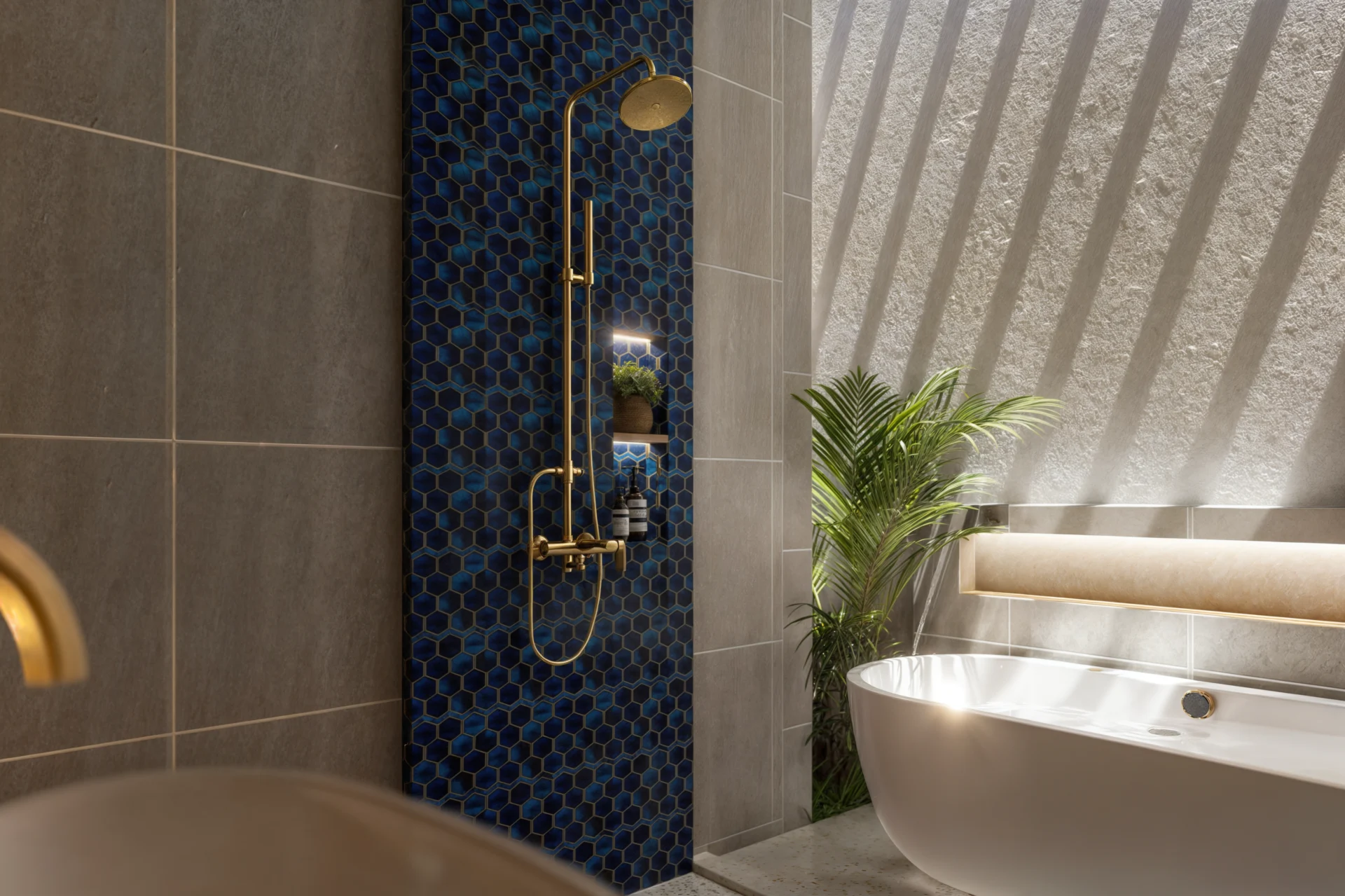
Pattern is one of the essential elements of interior design. It brings rhythm, energy, and character into a space. Patterns appear in textiles, rugs, wallpapers, and tile work. They provide a simple method to unify a room or create a striking impact.
Patterns can be geometric, organic, traditional, or contemporary, each adding its own visual story. When mixing patterns, balance is key. Begin with a dominant design and add smaller-scale patterns or complementary colors to prevent visual clutter.
As one of the most expressive interior design elements, patterns invite creativity and add depth through repetition and contrast. This makes every room feel uniquely styled and complete.
Want to Create a Thoughtful, Well-Designed Space?
Mastering these seven elements of interior design provides you with the tools necessary to create a beautiful, functional, and balanced space. Professionals rely on these principles to ensure every detail, from lighting to layout, works in harmony.
If you’d like help bringing these elements together in your space, Manon is here to collaborate with you. With our refined eye and understanding of form and function, we can help translate your vision into a cohesive, livable design.
Let Manon guide your interior transformation. With our deep understanding of design principles and flair for personal style, we’ll help you craft a functional, timeless space that’s uniquely yours.
Contact us today — Let’s design a space that works beautifully.